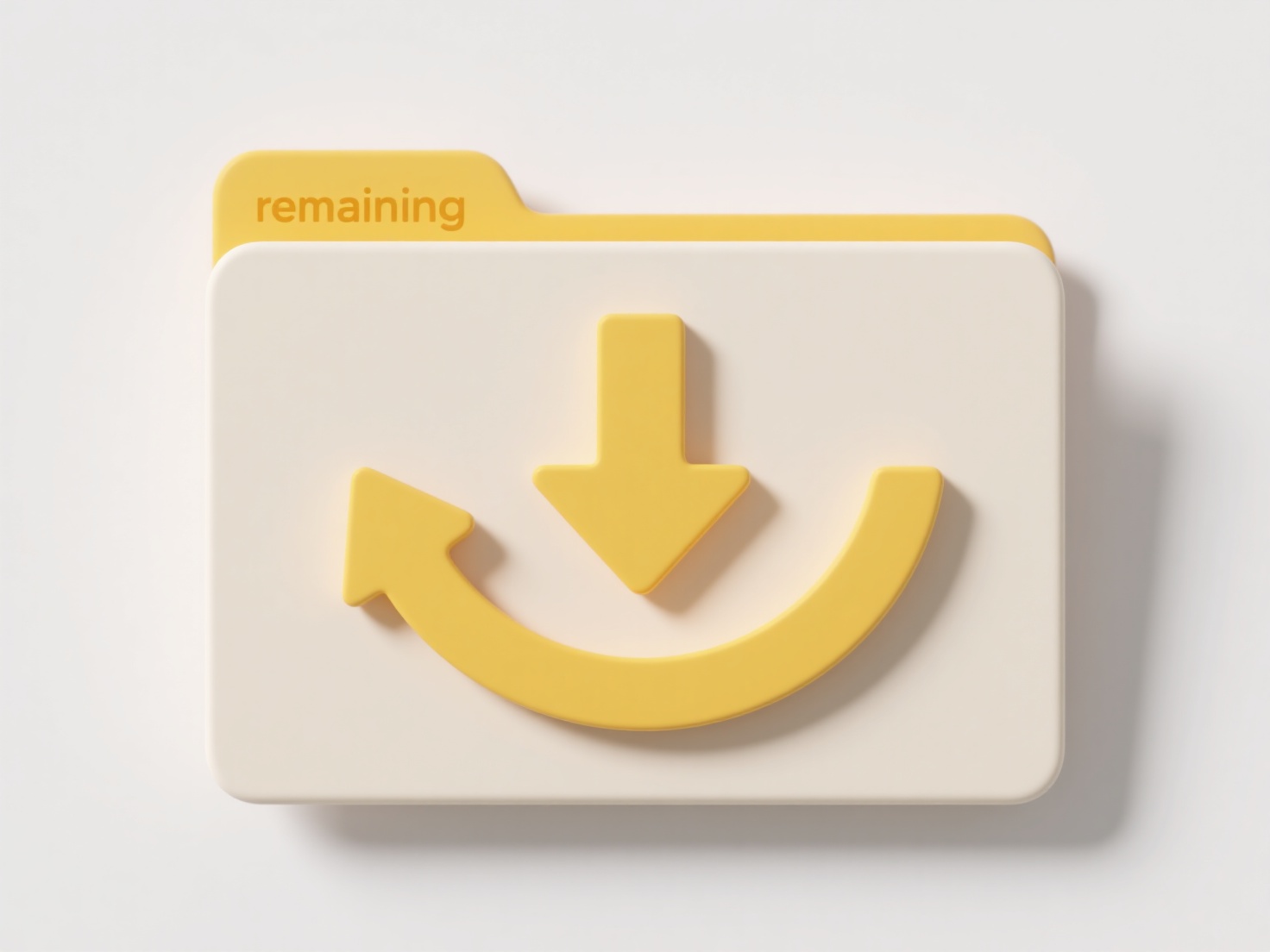
Conflicting exported versions occur when multiple instances of the same core content (file, dataset, design) exist simultaneously, often with incompatible differences. This typically stems from exporting content from different development branches, outdated source material, or simultaneous editing without coordination. Unlike sequential versioning, conflicting versions can't be merged without manual intervention and lead to confusion about which is current.

This problem is critical in collaborative environments. For example, software teams using Git branches risk exporting conflicting binaries if different branches aren't properly merged before the release build. Similarly, designers exporting graphics from divergent concept files could deliver incompatible formats to the same client.
Conflicting exports waste effort, cause data loss, and damage reliability. Mitigation involves strict file naming conventions (e.g., version numbers in filenames), automated build/release pipelines tracking source control, and clear team protocols for managing branches before export. Ethical practice demands ensuring exported deliverables accurately represent the intended, agreed-upon state to avoid misleading stakeholders. Future solutions increasingly rely on integrated version-aware export tools within platforms.
How do I avoid exporting conflicting versions?
Conflicting exported versions occur when multiple instances of the same core content (file, dataset, design) exist simultaneously, often with incompatible differences. This typically stems from exporting content from different development branches, outdated source material, or simultaneous editing without coordination. Unlike sequential versioning, conflicting versions can't be merged without manual intervention and lead to confusion about which is current.

This problem is critical in collaborative environments. For example, software teams using Git branches risk exporting conflicting binaries if different branches aren't properly merged before the release build. Similarly, designers exporting graphics from divergent concept files could deliver incompatible formats to the same client.
Conflicting exports waste effort, cause data loss, and damage reliability. Mitigation involves strict file naming conventions (e.g., version numbers in filenames), automated build/release pipelines tracking source control, and clear team protocols for managing branches before export. Ethical practice demands ensuring exported deliverables accurately represent the intended, agreed-upon state to avoid misleading stakeholders. Future solutions increasingly rely on integrated version-aware export tools within platforms.
Quick Article Links
How do I rename simulation or analysis outputs?
Renaming simulation or analysis outputs refers to changing the identifier (e.g., filename, dataset name) assigned to com...
Why won’t a .mkv video file play in Windows Media Player?
Windows Media Player traditionally doesn't support the .MKV video file container format natively. MKV (Matroska Video) i...
How do I automate exporting a report every day?
Automating daily report exports involves configuring software to automatically generate and deliver predefined reports o...